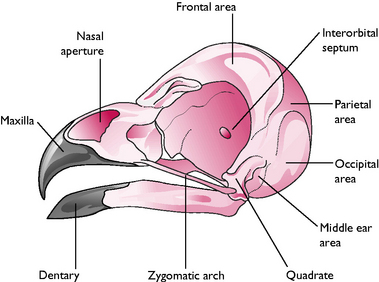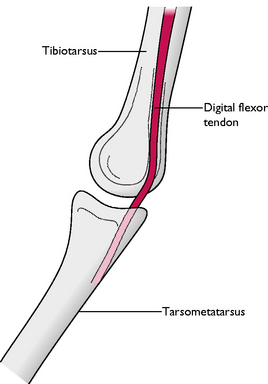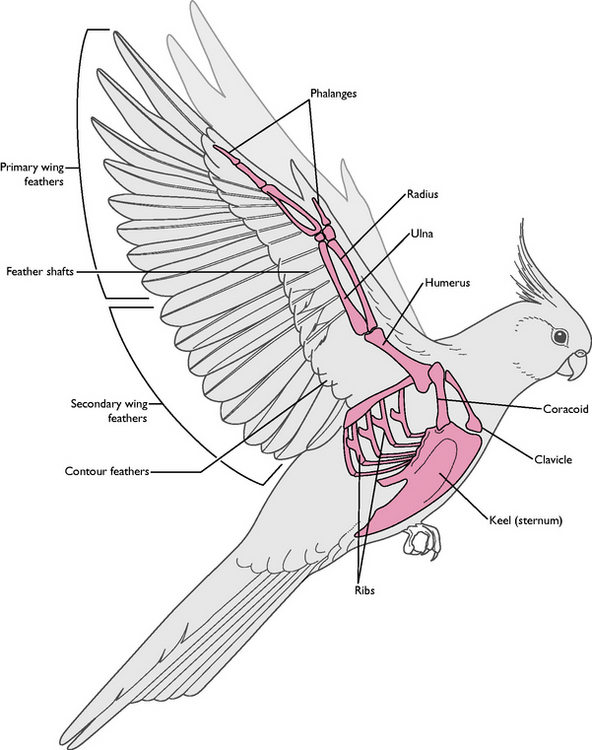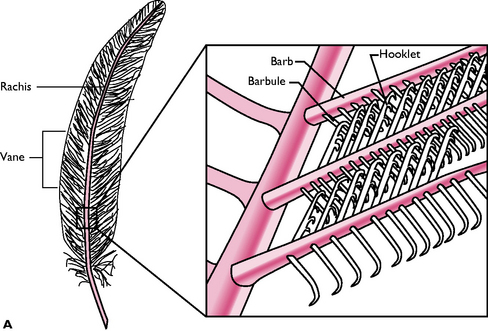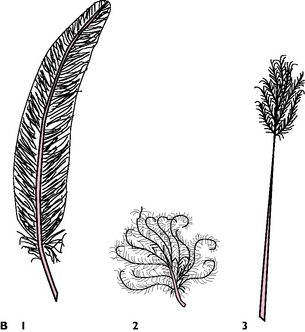Chapter 13 Birds
The birds are a unique group of vertebrates. There are about 8500 known species in the world, all belonging to the class Aves. They are considered to have evolved about 150 million years ago from the thickly feathered Archaeopteryx, which links reptiles to birds. Birds and reptiles have much in common, such as the ability to lay eggs, but no other class of animal has feathers. The possession of feathers, and in the majority of species the ability to fly, is the reason for their success. Flight allows them to colonise new habitats, find new sources of food and escape predators. Much of their anatomy and physiology has evolved to facilitate life in the air.
Musculoskeletal system
The skeleton of the bird (Fig. 13.1) is unlike that of any other group of animals and it has developed from the evolution of powered flight. A combination of a reduction in the total number of bones and the fusion of many joints has resulted in a skeleton that provides a strong base for the attachment of the flight muscles. Although the skeleton must be light enough to enable the downward force of the wing to lift the bird into the air and to keep it airborne, when compared to mammals of a similar size birds are not exceptionally light.
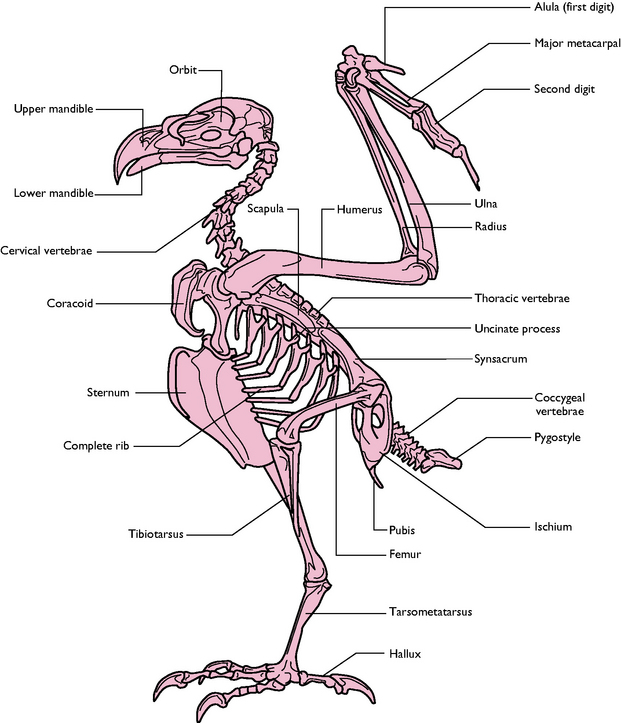
Fig. 13.1 Skeleton of a typical bird (hawk).
(With permission from Colville T, Bassett JM 2001 Clinical anatomy and physiology for veterinary technicians. Mosby, St Louis, MO, p 355.)
Main features
Bone structure
Skeletal modifications
Head (Fig. 13.3)
Leg and foot
Wing
Feathers
All feathers have a similar structure (Fig. 13.6). The central shaft or rachis is filled with blood capillaries during growth but later, as the feather matures, it becomes hollow. On either side of the shaft, the vane consists of barbs and interlocking barbules. These hook together to form a flattened, wind-resistant surface.
There are several types of feather (Fig. 13.6):
 Primaries: attached to digit 3 and to the fused metacarpal bones (Fig. 13.5). Usually 11 feathers but number varies with species; provide the major thrust during flight
Primaries: attached to digit 3 and to the fused metacarpal bones (Fig. 13.5). Usually 11 feathers but number varies with species; provide the major thrust during flightFlight
Control of flight is brought about by tilting the leading edge of the wing and the formation of slots between the feathers, e.g. separation of the primary feathers and the alula allows some air through, which maintains a smooth air flow on the dorsal surface, thus increasing lift. If the angle of tilt is greater than 15 ° then lift is reduced and the bird stalls or falls out of the sky.
In flapping or powered flight the bird’s body is held almost stationary and the wings are moved rhythmically up and down to generate forward thrust as well as lift. The main power is provided by the large pectoral muscles, which extend from the keel to the humerus and make up to 20% of the body mass. In strong fliers such as the pigeon the muscles are deep red because of their high myoglobin content and their good blood supply. In species such as the domestic fowl and the turkey the muscles are almost white and are capable of producing powerful bursts of flight that only last for a short time.
Stay updated, free articles. Join our Telegram channel

Full access? Get Clinical Tree



